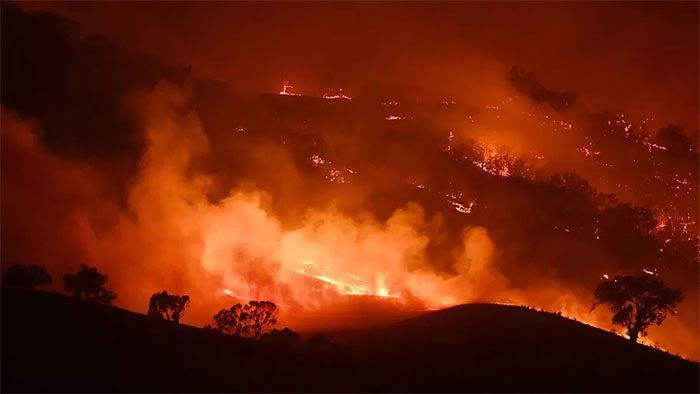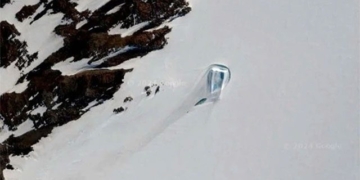This research was conducted by atmospheric chemist Susan Solomon from the Massachusetts Institute of Technology (MIT).

In the months following the “Dark Summer” wildfire, the hole expanded by approximately 2.5 million km²
This discovery has raised concerns that “repairing” the existing ozone hole may take longer due to climate change exacerbating wildfires. Additionally, these losses overshadow the benefits gained from the Montreal Protocol signed in 1987, whereby participating parties agreed to phase out substances harmful to the ozone layer.
The ozone layer, located about 15-35 km above the Earth’s surface, protects humans from harmful UV rays from the sun. The thinnest part of the ozone layer – known as the “ozone hole” – is situated over Antarctica. Each year, this hole can expand or contract, but in the months following the “Dark Summer” wildfire, it expanded by approximately 2.5 million km2. The immense scale of this wildfire caused smoke to rise into the stratosphere, triggering a chemical reaction that essentially “activated” some pre-existing ozone-depleting compounds.
These compounds are released during the ascent into the atmosphere and the breakdown of chemicals known as chlorofluorocarbons (CFCs), which are used in aerosol sprays, solvents, and refrigerators.
Since the 1970s and 1980s, scientists have concluded that CFC chemicals could thin the ozone layer and that they persist in the atmosphere for up to 150 years. However, according to Martin Jucker, a lecturer at the Climate Change Research Centre at the University of New South Wales (Australia), not all wildfires harm the ozone layer; only very large wildfires can have such a severe impact. For instance, the wildfires currently occurring in New South Wales are unlikely to affect the ozone layer next year.
Scientists are questioning whether only smoke from Australian wildfires can damage the ozone layer, or if any large wildfire could erode the atmospheric layer that protects humans from these harmful UV rays. To find answers, scientists will need to conduct further studies. Atmospheric chemist Dr. Solomon suggests that if indeed any wildfire could destroy the ozone layer, then the problem would become significantly worse.


















































